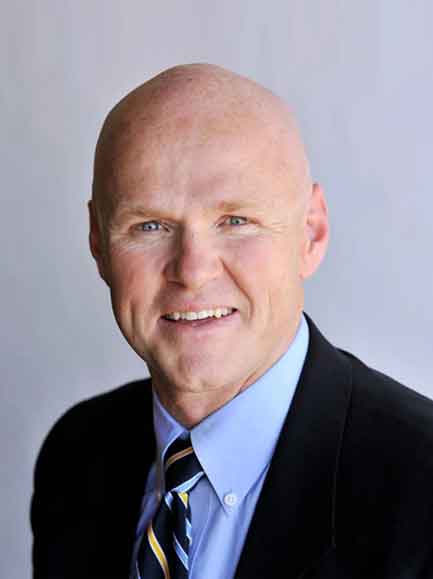An untreated bunion might also increase your risk of developing conditions like corns, calluses, and hammer toe.
When to Schedule a Podiatry Examination For a Bunion
Bunions don’t always require any medical treatment. However, you may need to see a podiatrist if your bunion is painful, swollen, or making it difficult to walk. It’s also worth remembering that bunions are a progressive disorder and don’t go away on their own—without treatment, they might worsen over time, causing pain and affecting your mobility.
Can Bunions be Treated Without Surgery? Here’s What We Often Recommend at Rocky Mountain Foot & Ankle
Our Caldwell and Meridian podiatrists have decades of experience treating bunions, and provide thorough individualized care for your condition. Here are some of our recommendations.
Non-Surgical Treatment
You may not need bunion surgery if your protrusion isn’t painful and doesn’t interfere with your daily routine. Many of our time-tested non-surgical options involve a combination of:
- Lifestyle modifications such as wearing better-fitting shoes, doing different foot exercises and stretches, and taking frequent breaks from strenuous physical activity.
- Support footwear and custom orthotics, which can typically reduce pain, irritation, and swelling around the bunion.
- Non-surgical pain management solutions, such as anti-inflammatory medication, physical therapy, or the use of a removable splint to prevent inflammation.
Surgical Treatment
If your bunion-related symptoms are severe, or you don’t get the relief you need from non-surgical treatment, we may advise surgery. A typical bunion surgery involves:
- Removing swollen tissue from the MTP joint
- Taking out a small section of bone to help straighten your big toe
- Correcting the alignment of the big toe joint
- Rejoining all of your bones to their natural position, or as close to it as possible
Bunion surgery is a relatively simple procedure that can be performed in our office. While you may need to take it easy for a few weeks after your procedure—with average recovery times ranging between several weeks and several months—our innovative approach is much better at preventing recurrence than other methods.


